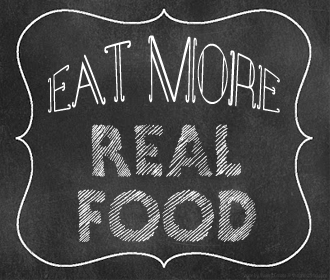Bulgar wheat, couscous, whole wheat pasta, spelt…..the list of grains can go on an on. But what are they all, and how do you use them?
When eating grains, breads, and pastas, choose whole grains. Whole grains have all three parts of the plant still available for our bodies; the germ, the bran, and the endosperm. All provide the body with nutrients it needs. Ensure the labels on the packaged foods you are using say “whole grain” and ensure that you are baking with whole wheat flour, spelt flour, triticale flour, or any other whole grain flour!
Wheat berries are a whole grain; they are the whole kernel of the wheat plant. When you buy whole wheat flour, wheat berries are ground up and used to make breads and pastas. You can buy and cook wheat berries and use them in salads, soups, or stews. They usually take an hour to cook on the stove.
Cracked Wheat is simply wheat berries cracked! They are also considered to be a whole grain, and are often used in soups and stews.
Bulgur Wheat is wheat berries that have been steamed, dried, and then cracked. They require cooking, and are often used in chili, soups and stews. It should be stored in the fridge as it still contains the wheat germ, which can go rancid if left in a warm environment.
Wheat Bran is the outer husk of the wheat kernel. It is discarded when wheat is processed into white flour. Wheat bran is high in soluble dietary fiber and can be added to baking and breakfast cereals.
Wheat Flakes, like oat flakes, are the wheat berry steamed and rolled. Use it as a breakfast cereal, or add it to baking.
Wheat Germ is a source of nutrients, like protein, B vitamins, and vitamin E. Wheat germ is often added to recipes, including some of our granola bars. Wheat germ needs to be stored in the fridge as it can go rancid.
Couscous is made from wheat flour that has been rolled together. It should be considered more like a pasta then a grain. It is often made from processed durum wheat (a type of wheat) and cooks up very quickly. It should only be used in moderation as most couscous is refined.
Kamut is a type of wheat that is lower in gluten. You can find kamut in pastas and breads.
Spelt is another form of wheat that is high in nutrients. Breads, pastas, and other foods with flour are using spelt. You can also cook up spelt berries just like wheat berries.
Triticale flakes are often added to breakfast cereals. Triticale is a hybrid of wheat and rye from Scotland. Many people bake with triticale flour.
Durum Wheat is a variety of wheat that is very hard and therefore used in the making of pasta. It has a yellow endosperm (starchy part of the grain) which gives it a golden color.
Semolina Durum Wheat: Often, durum wheat is milled and processed, removing parts of the grain and grinding it into semolina. Semolina is high in gluten and used in pastas. It is often refined, and so it is better to look for 100% whole grain or whole wheat pastas.
Look for alternatives to wheat products out there! Use a variety of different types of whole grain flours in your recipes. Experiment. And try out new types of whole grain breads and pastas!










